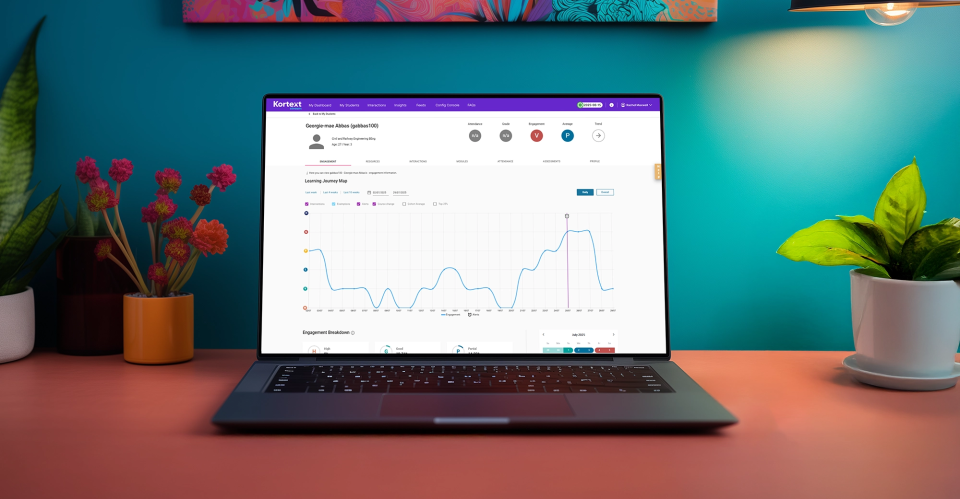How much support is too much? Balancing help and autonomy in student success
Student advising: from for to with
Each autumn, campuses come alive with new students – and with them, a familiar question: how much support is the right amount?
Over the years, student induction has evolved. Once something universities did for students, then to them, it’s now increasingly done with students – from planning to execution.
The idea of the ‘traditional’ student has also evolved. It’s more useful to talk about different generations of new entrants, each with distinct expectations, experiences and needs.
This shift demands a more personalised, responsive approach to support – one that adapts to who students are and how they learn.
The personalisation challenge
Personalised support is the goal, but it’s not always easy. Academic and support staff juggle teaching, research, advising and countless other responsibilities. Creating individualised experiences for every learner can feel impossible.
That’s why partnership and insight matter. By working with students and using engagement data to inform when – and how – to reach out, staff can provide just-enough support while encouraging independence.
Different approaches for different students
Like many, my own experience of university advising was quite paternalistic – and, at times, that was exactly what I needed. I didn’t know what a journal was, or why it mattered in assignments. I had no idea where to start with career planning. Guidance from my personal tutor to navigate university life was vital.
Further, the advisor role must shift – expert, guide, coach, friend, mentor – depending on the student themselves. Advisors must adapt their approach to offering and providing support as students mature in their knowledge and understanding of what it means to be at university.

Everyone needs support
Developing academically purposeful behaviours takes time. Students must learn how to learn, understand their environment and discover how to thrive. Some students settle quickly; others take longer to find their rhythm.
What matters is having the right conversation at the right moment.
Kortext supports student success by enabling staff to use engagement data to identify and assist students early, especially during the critical first weeks.
How Kortext stream supports meaningful conversations
Kortext stream is a learning engagement platform that helps staff use student engagement data to identify when someone might need a check-in – whether it’s low activity, a sudden dip or early signs of struggle.
This data isn’t just for staff. When students can see their own learning journey through stream’s dashboards, it changes the conversation. They understand why staff are reaching out and can take a more active role in deciding what support they need.
For current Kortext stream users, small shifts in how data is shared can make a big difference.
- Use Learning Journey Maps during one-to-one sessions to help students reflect on their study patterns.
- Combine engagement insights with academic feedback to highlight progress as well as challenges.
- Set up automated notifications to prompt early outreach – especially in the crucial first six weeks.
These practical steps turn data into dialogue, helping students feel seen, supported and empowered.
Getting the balance right
Advisors and tutors know university life inside out. They understand how systems, people and processes connect – but new students rarely do.
New students need access to this insight. Some will proactively seek it; others won’t. But if final-year students still ask about how to request an assessment extension, something has gone wrong.
Kortext stream’s design reflects this philosophy. It offers both signposting and referral options, so staff can tailor their approach – whether students prefer a quick resource link or a direct introduction to a specialist team.
Involving students in conversations from the outset, sharing support options and agreeing next steps collaboratively helps prevent dependence. It supports students as they develop agency over their learning.
Supporting success together
Universities thrive when their students do. And students thrive when they feel guided, trusted and capable. Kortext stream helps make that balance possible by turning data into meaningful, human-centred action.
New to stream?
Talk to us today to see how data-informed conversations can transform student support at your institution.






